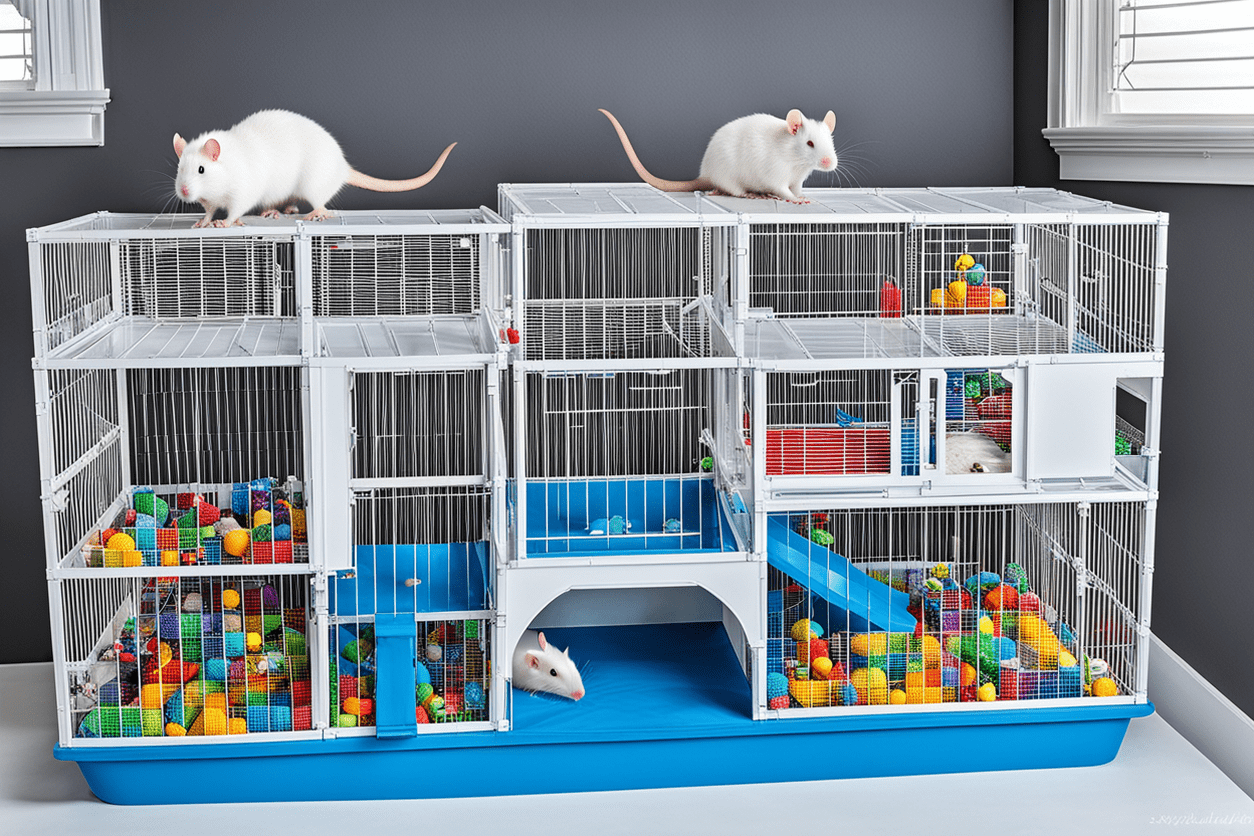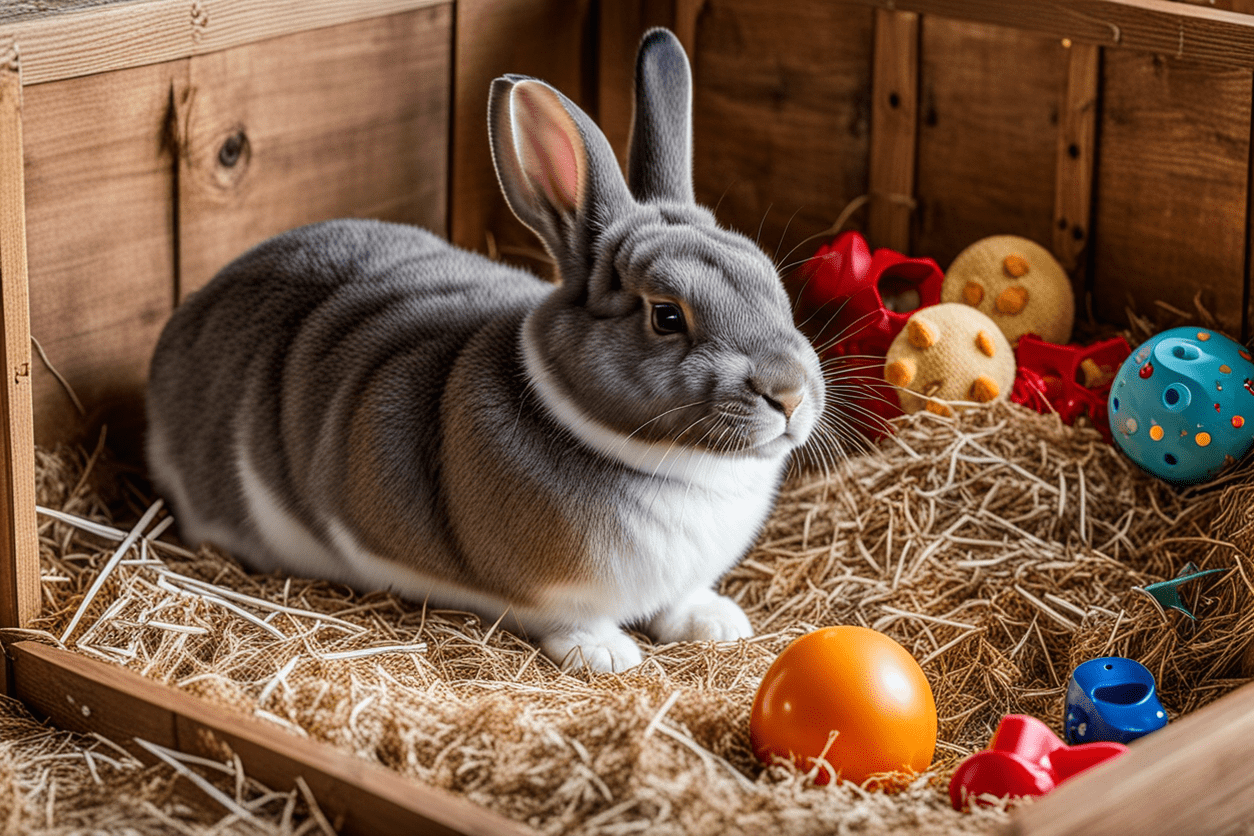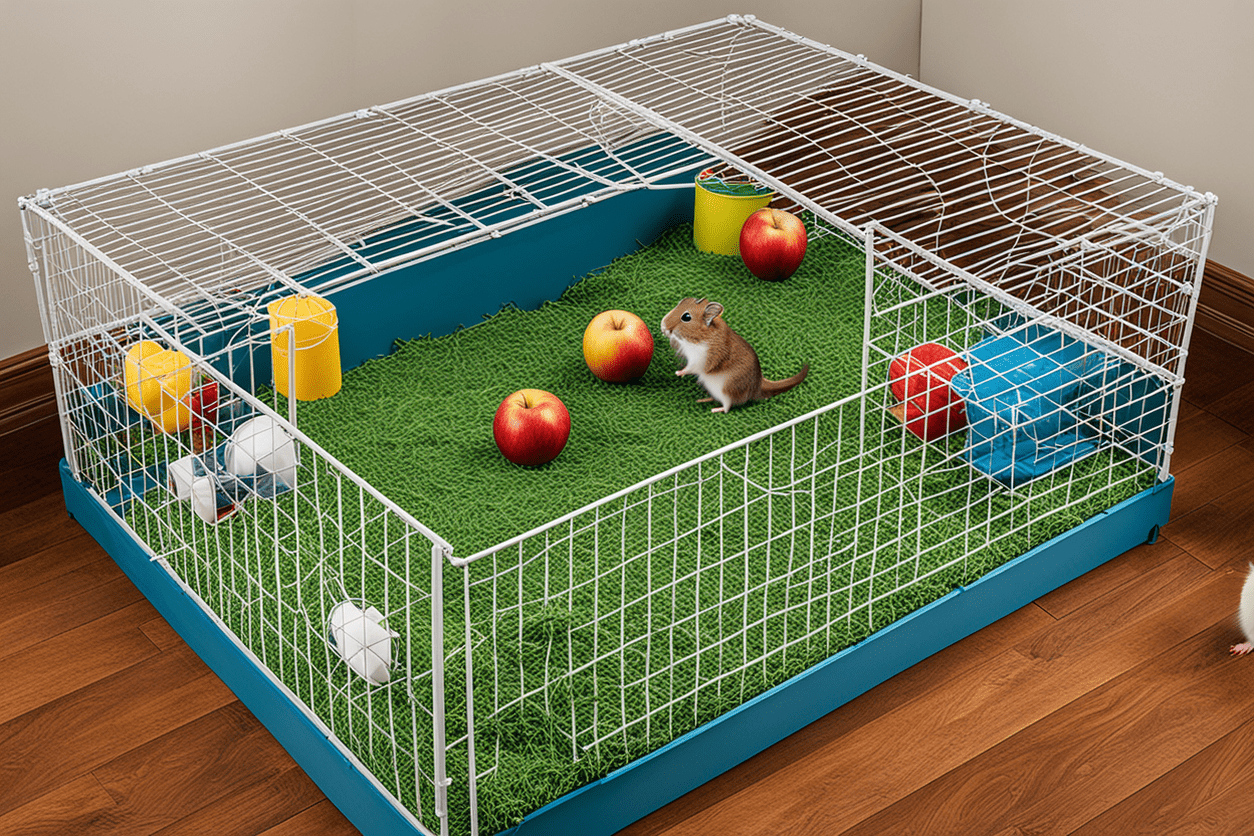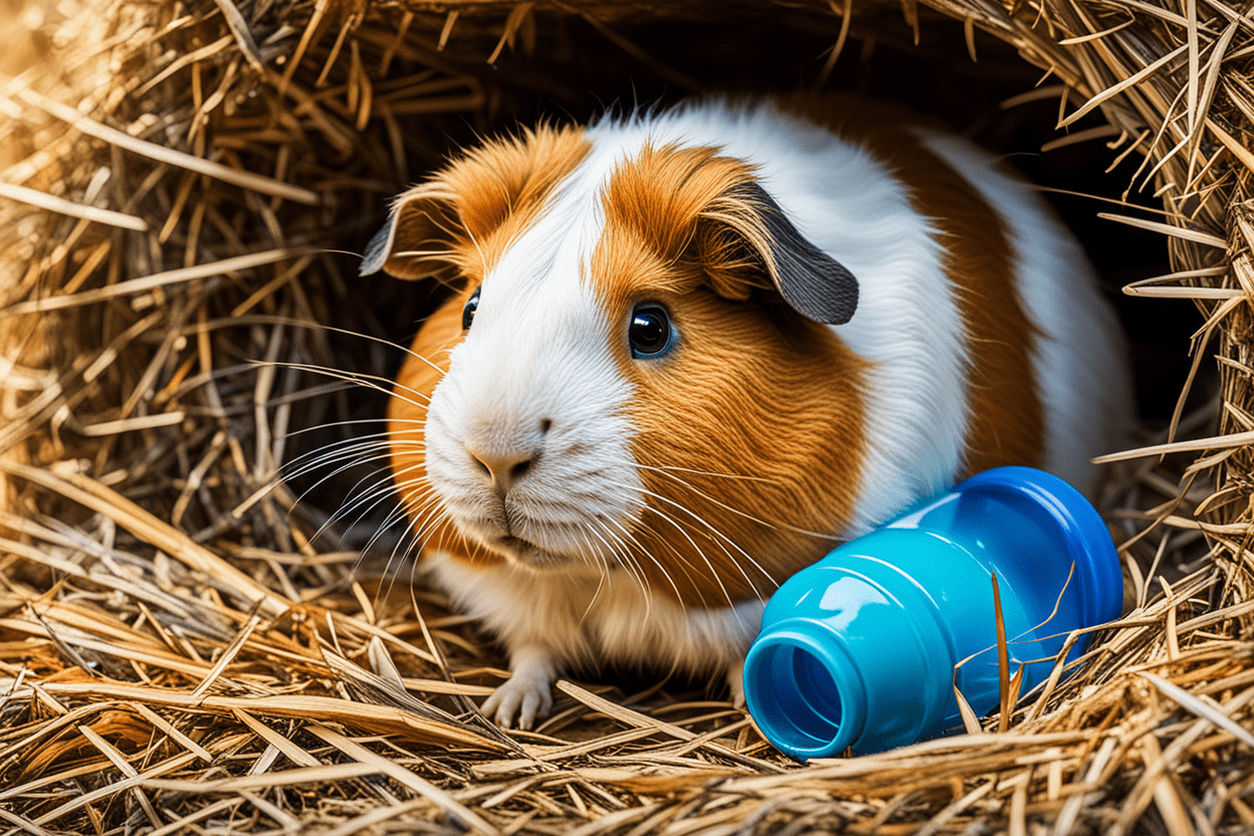Dealing with Separation Anxiety in Dogs: Tips for Pet Owners
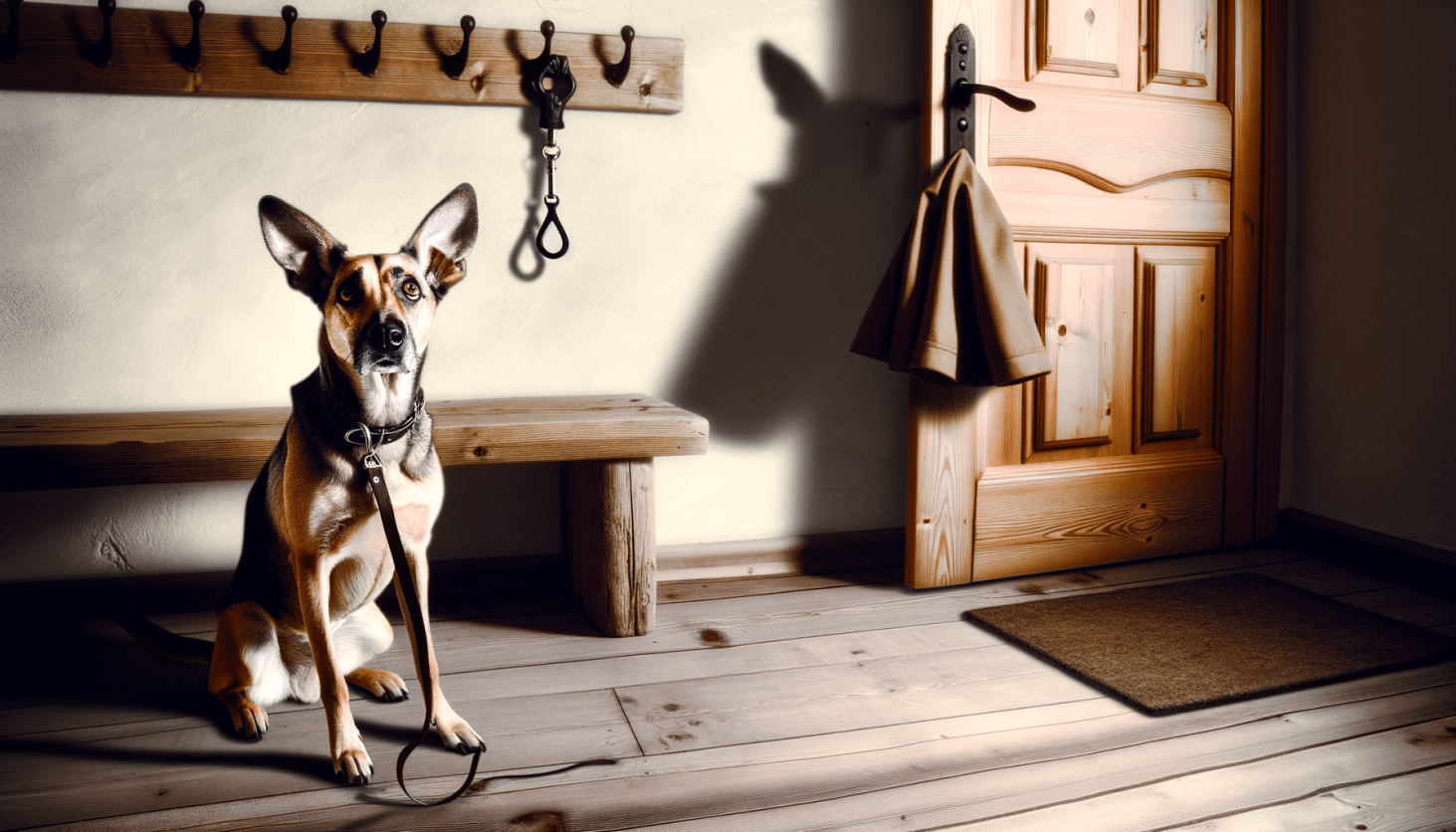
Introduction
Separation anxiety in dogs is a common issue that many pet owners face, often manifesting in ways that are both heartbreaking and challenging. Imagine this: You’re ready to head out for the day, and as you grab your keys, your furry friend starts to whimper, pace, and look at you with those big, anxious eyes. The moment you step out the door, the barking begins. By the time you return, you might find chewed-up shoes, scratched doors, or even unexpected "accidents" on the carpet. These are classic signs of separation anxiety, a condition that can turn even the shortest absences into a stressful experience for both you and your dog.
Understanding and addressing separation anxiety is crucial not just for your dog's well-being but for your peace of mind as well. Dogs are highly social animals, and being left alone can trigger feelings of distress and fear. This article aims to equip you with practical tips and strategies to help your dog cope with separation anxiety. From establishing a routine to using interactive toys, we’ll explore a variety of methods that can make a significant difference.
In the sections that follow, we’ll delve into the causes and symptoms of separation anxiety, providing you with a comprehensive understanding of this condition. We’ll then offer actionable advice on how to prepare your dog for time apart, effective training techniques, and the best tools and resources available. Whether you're a new pet owner or have been struggling with your dog's anxiety for years, these insights can help create a calmer, happier environment for both of you. Let’s embark on this journey to ease your dog's anxiety and restore harmony to your home.
Understanding Separation Anxiety in Dogs
Separation anxiety is more than just a little bit of nervousness when you leave the house; it’s a profound distress that some dogs experience, leading to disruptive and sometimes destructive behaviors. To effectively address this issue, it’s essential to understand what separation anxiety is, recognize its symptoms, and be aware of the potential causes.
Definition
Separation anxiety in dogs is a behavioral disorder that occurs when a dog becomes excessively anxious when separated from their owners. This condition can manifest in various degrees of severity, from mild distress to extreme panic. It’s a common issue that can affect dogs of any age, breed, or background.
Symptoms
Recognizing the signs of separation anxiety is the first step in addressing the problem. Common symptoms include:
- Excessive Barking or Howling: Dogs with separation anxiety may vocalize their distress, often loudly and persistently.
- Destructive Behavior: Chewing on furniture, scratching doors, and other destructive actions are common as dogs attempt to escape or cope with their anxiety.
- House Soiling: Even well-trained dogs might urinate or defecate indoors when anxious.
- Pacing: Continuous movement, often in a fixed pattern, can indicate a dog’s stress.
- Escaping Attempts: Desperate attempts to escape confinement areas can lead to self-injury.
- Excessive Drooling or Panting: Physical signs of anxiety may include drooling, panting, or trembling.
- Depression: Some dogs may become withdrawn, lose interest in play, or show changes in eating habits.
Causes
Understanding why your dog might develop separation anxiety can help in addressing the root of the problem. Potential causes include:
- Changes in Routine: A sudden change in the daily schedule, such as a new job that keeps you away from home for longer periods, can trigger anxiety.
- New Environments: Moving to a new home or a change in the household composition can unsettle a dog.
- Past Trauma: Dogs adopted from shelters or rescues may have had traumatic experiences that contribute to their anxiety.
- Lack of Independence: Dogs that are overly dependent on their owners for comfort and stimulation may struggle more when left alone.
- Age-Related Factors: Senior dogs can develop anxiety due to cognitive decline or changes in their physical health.
By understanding the definition, symptoms, and causes of separation anxiety, you’re better equipped to recognize and address this challenging condition in your dog. In the next section, we’ll explore how to prepare your dog for separation, providing practical steps to ease their anxiety and build their confidence.
Preparing Your Dog for Separation
Preparing your dog for time apart is a crucial step in managing separation anxiety. By establishing a consistent routine, creating a safe and comfortable space, and gradually desensitizing your dog to your departures, you can help reduce their anxiety and make them feel more secure when you’re not around.
Establish a Routine
Dogs thrive on routine. A predictable schedule can provide a sense of stability and security, helping to reduce anxiety. Here’s how to establish a routine:
- Consistent Feeding Times: Feed your dog at the same times each day. This not only helps with digestion but also provides a predictable structure to their day.
- Regular Exercise: Ensure your dog gets regular physical activity. A well-exercised dog is more likely to rest when you’re away. Aim for walks, playtime, or other forms of exercise at the same times each day.
- Set Departure and Return Rituals: Develop a consistent routine for leaving and returning home. For example, say a specific phrase or give a special treat when you leave, and keep greetings low-key when you return to avoid reinforcing anxiety.
Create a Safe Space
Having a designated area where your dog feels safe can significantly ease their anxiety. Here are some tips:
- Comfortable Environment: Set up a cozy spot with your dog’s bed, favorite toys, and perhaps a piece of your clothing that carries your scent.
- Use Crates Wisely: If your dog is crate-trained, ensure the crate is a positive and secure place, not a form of punishment. The crate should be large enough for them to stand, turn around, and lie down comfortably.
- Quiet Area: Choose a quiet part of your home where your dog can retreat without being disturbed by outside noise or household activity.
Gradual Desensitization
Gradual desensitization involves slowly getting your dog used to being alone in a way that prevents them from feeling anxious. Here’s how to do it:
- Short Absences: Start by leaving your dog alone for very short periods, just a few minutes at first. Gradually increase the duration as your dog becomes more comfortable.
- Practice Departures: Go through your normal departure routine (putting on shoes, grabbing keys) without actually leaving. Repeat this several times a day until your dog no longer shows signs of anxiety.
- Vary the Routine: Mix up your departure cues to prevent your dog from associating specific actions with you leaving. For example, pick up your keys but then sit back down, or put on your coat and then stay inside.
By establishing a routine, creating a safe space, and practicing gradual desensitization, you can help your dog feel more secure and less anxious when you’re not home. In the next section, we’ll discuss specific training techniques that can further aid in reducing separation anxiety.
Training Techniques
Training your dog to handle separation anxiety involves building their confidence and teaching them to enjoy alone time. Through obedience training, independence training, and positive reinforcement, you can help your dog feel more secure when you're away.
Obedience Training
Obedience training is fundamental for all dogs, and it can be particularly beneficial for those with separation anxiety. Training sessions build a strong bond between you and your dog, promoting trust and confidence.
- Basic Commands: Teach your dog basic commands such as sit, stay, come, and down. Practicing these commands regularly reinforces your dog’s ability to focus and follow instructions, which can be calming.
- Focus Exercises: Incorporate exercises that require your dog to pay attention to you. For instance, practice “watch me” where your dog maintains eye contact with you. This helps in managing their anxiety by directing their focus.
Independence Training
Independence training encourages your dog to be comfortable being alone and to engage in activities without relying solely on your presence.
- Alone Time: Encourage your dog to spend time alone while you are at home. Start by leaving them in a different room for short periods and gradually increase the time. This teaches them that being alone is safe.
- Interactive Toys: Provide toys that stimulate your dog’s mind and keep them occupied. Puzzle toys, treat-dispensing toys, and chew toys can be very effective in distracting your dog and reducing anxiety.
- Place Command: Train your dog to go to a designated spot, such as a bed or mat, and stay there for gradually increasing durations. This helps them learn to settle down in a specific area without following you around.
Positive Reinforcement
Using positive reinforcement is key to helping your dog associate being alone with positive experiences.
- Rewards for Calm Behavior: Whenever your dog stays calm when you leave or return home, reward them with treats, praise, or a favorite toy. This reinforces the idea that calm behavior leads to positive outcomes.
- Ignore the Anxiety: Avoid making a big fuss when you leave or come back. Dramatic departures and arrivals can heighten your dog’s anxiety. Instead, keep these moments calm and low-key.
- Treat Dispensation: Provide a special treat that your dog only gets when you leave, such as a Kong filled with peanut butter or a favorite chew. This can help distract your dog and make your departure something they look forward to.
These training techniques are designed to build your dog’s confidence and independence, making them more comfortable with being alone. In the next section, we’ll explore various tools and resources that can further assist in managing separation anxiety.
Tools and Resources
In addition to training techniques, there are various tools and resources available that can help manage your dog’s separation anxiety. From interactive toys to calming products and technology, these aids can make a significant difference in your dog’s comfort and well-being.
Interactive Toys
Interactive toys are excellent for keeping your dog mentally stimulated and distracted while you’re away.
- Puzzle Toys: These toys challenge your dog’s problem-solving skills and keep them occupied. Brands like KONG, Nina Ottosson, and Outward Hound offer a variety of puzzle toys that can be filled with treats.
- Treat-Dispensing Toys: Toys that release treats as your dog plays with them can provide hours of entertainment. Examples include the KONG Wobbler and the Busy Buddy Twist 'n Treat.
- Chew Toys: Durable chew toys can help reduce anxiety and provide a safe outlet for your dog’s need to chew. Look for high-quality options like Nylabone or Benebone.
Calming Products
Calming products can help create a more relaxed environment for your dog.
- Anxiety Vests: Products like the Thundershirt apply gentle, constant pressure to your dog’s torso, which can have a calming effect similar to swaddling a baby.
- Pheromone Diffusers: Synthetic pheromone products, such as Adaptil diffusers and sprays, mimic the calming pheromones released by mother dogs. These can help reduce anxiety and create a sense of security.
- Calming Treats and Supplements: There are various treats and supplements formulated to reduce anxiety. Look for products containing ingredients like chamomile, valerian root, and L-theanine, which have calming properties.
Technology
Technology can provide both comfort and monitoring capabilities for anxious dogs.
- Pet Cameras: Pet cameras like Furbo or Petcube allow you to monitor your dog remotely and even interact with them by dispensing treats or talking to them. This can be reassuring for both you and your dog.
- Automated Feeders: Timed feeders ensure your dog receives meals at consistent times, providing a sense of routine and stability.
- Music and TV: Playing calming music or leaving the TV on can provide background noise that might help soothe your dog. There are even special dog-centric TV channels designed to keep pets entertained.
These tools and resources, when used alongside effective training techniques, can greatly enhance your efforts to manage your dog’s separation anxiety. In the next section, we’ll discuss when it might be necessary to seek professional help and what options are available.
When to Seek Professional Help
While many dogs can overcome separation anxiety with consistent training and the right tools, some may require additional support. Knowing when to seek professional help and understanding the options available can be crucial for your dog's well-being and your peace of mind.
Veterinarian Consultation
Your veterinarian can be an invaluable resource in managing separation anxiety. They can help rule out any medical issues that might be contributing to your dog’s behavior and provide guidance on the best course of action.
- Health Check: Schedule a comprehensive health check to ensure there are no underlying medical conditions causing or exacerbating the anxiety.
- Medications: In some cases, your vet may prescribe medications to help manage severe anxiety. Anti-anxiety medications or antidepressants can be used temporarily while you work on behavioral modification.
- Behavioral Advice: Vets can offer advice on training techniques and may recommend specific strategies tailored to your dog’s needs.
Professional Trainers and Behaviorists
Certified professional trainers and animal behaviorists specialize in addressing behavioral issues like separation anxiety. Working with an expert can provide personalized guidance and support.
- Finding a Professional: Look for certified trainers or behaviorists with experience in dealing with separation anxiety. Organizations like the Association of Professional Dog Trainers (APDT) or the International Association of Animal Behavior Consultants (IAABC) can help you find qualified professionals.
- Behavioral Assessment: A behaviorist can conduct a thorough assessment of your dog’s anxiety, identifying triggers and developing a customized plan to address the issue.
- Training Sessions: Regular sessions with a trainer or behaviorist can provide structure and consistency, helping your dog learn new coping mechanisms and behaviors.
Support Groups
Connecting with other pet owners who are dealing with similar issues can be incredibly supportive. Sharing experiences and tips can provide new insights and emotional support.
- Online Communities: Join online forums and social media groups dedicated to pet anxiety. Websites like Reddit, DogForum, and Facebook groups often have active communities where you can ask questions and share experiences.
- Local Groups: Check for local meet-up groups or support networks in your area. These groups can offer face-to-face support and the opportunity to connect with other dog owners.
Seeking professional help doesn’t mean you’ve failed; it means you’re taking the necessary steps to ensure your dog’s health and happiness. In the next section, we’ll discuss coping strategies for pet owners, emphasizing the importance of self-care and patience throughout this process.
Coping Strategies for Pet Owners
Managing a dog with separation anxiety can be challenging and sometimes overwhelming. It’s essential to take care of yourself while helping your dog. Here are some coping strategies to support you through this journey.
Self-Care
Taking care of your own well-being is crucial. A stressed and exhausted owner will find it harder to help their dog.
- Maintain Your Routine: Keep up with your regular activities and hobbies. Balance is essential to avoid burnout.
- Exercise and Relaxation: Regular physical activity and relaxation techniques, such as yoga or meditation, can help reduce your stress levels.
- Support Network: Lean on friends, family, or a support group. Sharing your experiences and feelings with others who understand can be comforting.
Patience and Consistency
Helping a dog overcome separation anxiety is a gradual process. Patience and consistency are key.
- Set Realistic Goals: Progress may be slow, and setbacks are normal. Celebrate small victories and improvements along the way.
- Consistency in Training: Stick to the training routines and strategies you’ve implemented. Consistency helps reinforce positive behavior and reduces confusion for your dog.
- Positive Attitude: Maintain a positive outlook. Dogs are sensitive to their owners’ emotions, so your calm and confident demeanor can help reassure your dog.
Celebrating Progress
Acknowledging and celebrating progress, no matter how small, is important for both you and your dog.
- Track Improvements: Keep a journal of your dog’s behavior and any positive changes. This can help you see the progress over time and stay motivated.
- Reward Yourself: Give yourself credit for the hard work and dedication you’re putting into helping your dog. Treat yourself to something enjoyable when you reach milestones.
- Enjoy Quality Time: Spend quality time with your dog doing activities you both love. This strengthens your bond and provides positive experiences for both of you.
Seeking Further Advice
Sometimes, additional advice or new perspectives can be beneficial.
- Ask Questions: Don’t hesitate to ask questions in support groups or seek additional resources. Others’ experiences can provide valuable insights.
- Stay Informed: Continue educating yourself about separation anxiety and the latest techniques and tools available. Knowledge is empowering.
Coping with a dog’s separation anxiety is a journey that requires patience, consistency, and self-care. By taking care of yourself and celebrating progress, you can make this process more manageable and rewarding. In the final section, we’ll recap the key points and offer a call to action, encouraging readers to share their experiences and seek further support if needed.
Conclusion
Dealing with separation anxiety in dogs is a challenging but manageable task. With the right understanding, tools, and strategies, you can help your dog feel more secure and confident when alone. Let’s recap the key points we’ve covered:
- Understanding Separation Anxiety: Recognizing the symptoms and causes is the first step in addressing your dog’s anxiety.
- Preparing Your Dog for Separation: Establishing a routine, creating a safe space, and practicing gradual desensitization can help ease your dog into spending time alone.
- Training Techniques: Obedience training, independence training, and positive reinforcement are essential for building your dog’s confidence and reducing anxiety.
- Tools and Resources: Interactive toys, calming products, and technology can provide additional support and comfort for your dog.
- Seeking Professional Help: Knowing when to consult a veterinarian, professional trainer, or behaviorist is crucial for severe cases.
- Coping Strategies for Pet Owners: Taking care of your own well-being, maintaining patience and consistency, and celebrating progress are important aspects of managing your dog’s anxiety.
Helping a dog with separation anxiety requires dedication, empathy, and persistence. Remember that progress may be slow, but each step forward is a victory worth celebrating. Your efforts will lead to a happier, more relaxed dog and a more peaceful home environment.
Call to Action
We encourage you to share your experiences, ask questions, and connect with other pet owners who are facing similar challenges. Your insights and stories can provide valuable support and encouragement to others. If you’re struggling or need further guidance, don’t hesitate to seek professional help. Together, we can create a supportive community dedicated to the well-being of our beloved pets.
Feel free to leave a comment below, share this article with fellow pet owners, or reach out to us for more personalized advice. Let’s work together to help our dogs overcome separation anxiety and lead happier, more fulfilling lives.
Additional Resources
Books:
1. "I'll Be Home Soon: How to Prevent and Treat Separation Anxiety" by Patricia B. McConnell - This concise guide provides practical advice and techniques to help alleviate separation anxiety in dogs.
2. "Decoding Your Dog: Explaining Common Dog Behaviors and How to Prevent or Change Unwanted Ones" by American College of Veterinary Behaviorists - Comprehensive insights from experts on various behavioral issues, including separation anxiety.
3. "BE RIGHT BACK! How To Overcome Your Dog's Separation Anxiety And Regain Your Freedom" by Julie Naismith - A step-by-step guide with actionable techniques to help dogs feel more comfortable being alone.

